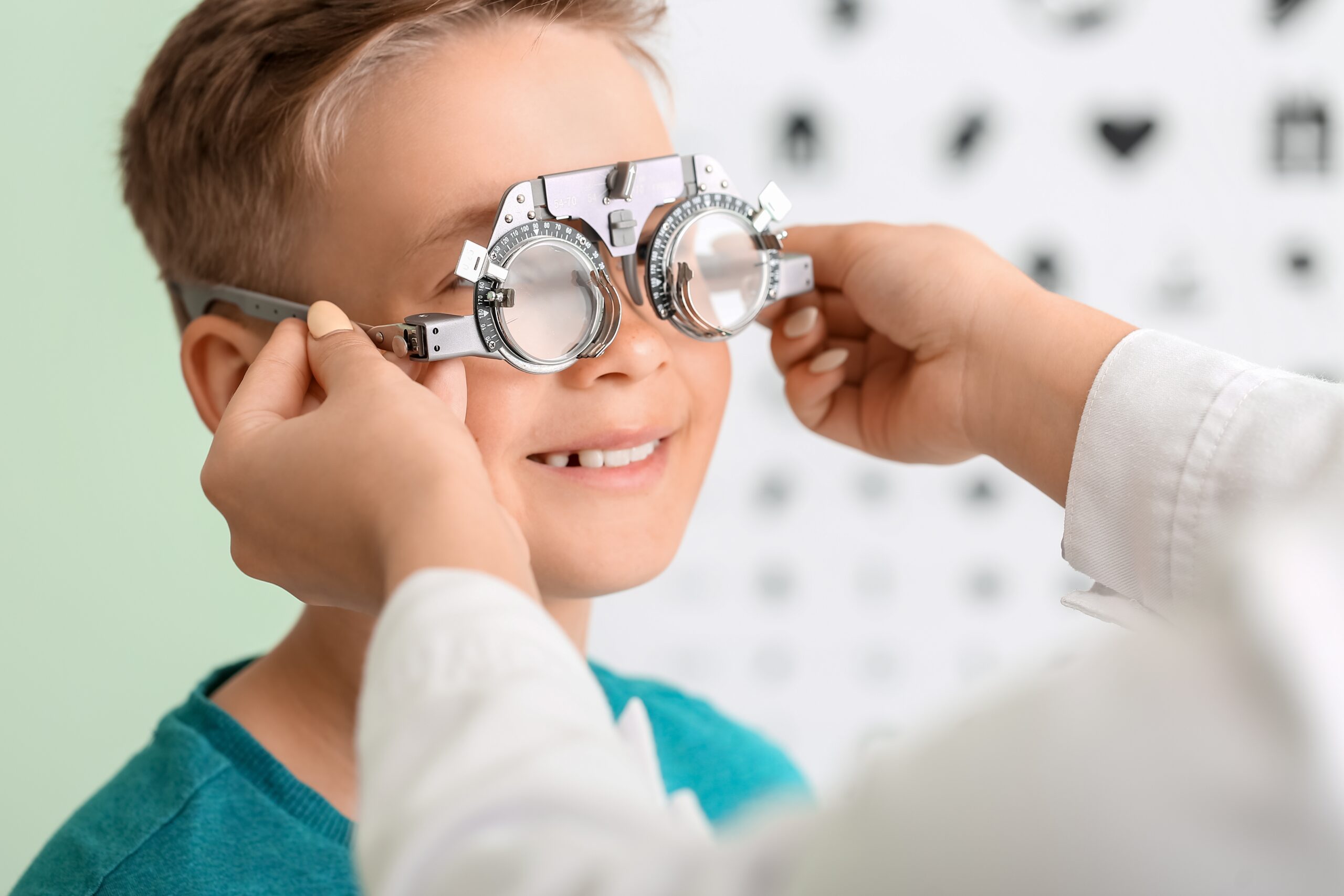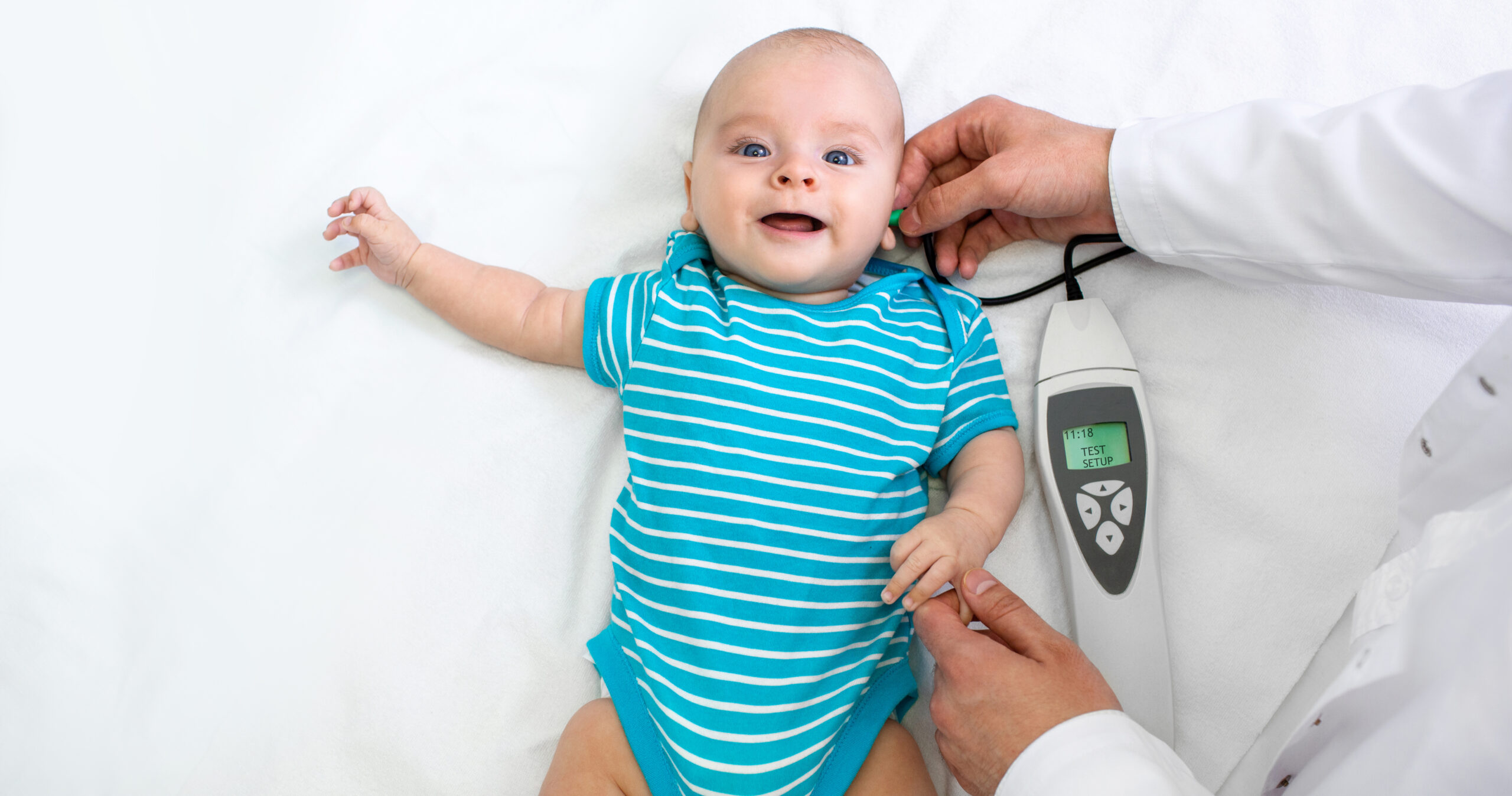Eyelid Skin Cancer
Whether it’s going for a walk, skiing in the winter or visiting the beach in the summer, staying outdoors for periods of time comes with the risk of developing skin cancer. Skin cancer occurs on areas of the body when exposed to lots of direct sunlight and believe it or not this even includes the eyelids.
Made up of the upper and lower eyelids, lid margins, eyebrows, and outer corner of the eyes are all at risk of developing cancer. Once diagnosed with eyelid skin cancer, you should consider seeking treatment at SightMD. Our skilled surgeons can work alongside an oncologist to provide you with compassionate, effective care and guide you with postoperative help to reconstruct your eyelid and minimize scarring.
Types of Eyelid Skin Cancer
The eyelid is a common location for skin cancer to develop, especially among adults with fair skin ages 50-80. There are different kinds of skin cancer, the following are typically seen on the eyelid:
- Basal cell carcinoma is the most common form of skin cancer. It affects fair-skinned patients, and it is the result of exposure to the sun. Basal cell carcinoma may appear as a brown lesion or a waxy bump.
- Squamous cell carcinoma is the second most common form of skin cancer. It often looks like a red lump or a crusted lesion. Although this type of cancer can be the result of sun damage it can also develop on skin that is suffering from burns, chemical damage, or even X-ray exposure.
- Melanoma is the most serious form of skin cancer – although it rarely affects the eyelid. It usually develops as a brown spot or irregularly-shaped mole and you can develop melanoma, regardless of whether you are light-skinned or dark-skinned. If members of your family have had melanoma, you are at an increased risk of developing it as well.
- Sebaceous carcinoma is a rare form of skin cancer that usually develops on an upper or lower eyelid. Quite often, sebaceous carcinoma can be mistaken for a stye or red bump. If you think you might have this condition, you should seek medical treatment especially if these symptoms do not heal on their own within a month.
Diagnosis and Treatment of Eyelid Skin Cancer
If we find that your eyelids have skin abnormalities we will recommend a biopsy before beginning any treatment. A biopsy involves removing a small portion of the lesion and testing it for cancer, if it tests positive, we will refer you to a dermatologist who specializes in oncology for your initial treatment. If you have eyelid skin cancer, your doctor will work closely with a specially trained dermatologist to remove your tumor using an advanced technique known as Mohs surgery.
Mohs surgery is the least invasive and most successful treatment. This precise procedure involves removing a thin layer of tissue and analyzing it under a microscope for signs of cancer cells and if cancer cells are present, the process is repeated. When a layer is removed and analyzed and there are no more cancer cells, no more layers are taken. By using this approach, surgeons can remove the tumor and leave as much tissue as possible.
After removing the cancer cells, your surgeon will perform eyelid reconstruction surgery for both cosmetic purposes and to restore as much eyelid function as possible.
Eyelid Reconstruction After Skin Cancer
Your eyelid plays a vital role in maintaining your eye health by covering and protecting your eye and it also helps keep your eyeball moist by spreading tears over the surface every time you blink. During eyelid reconstruction surgery, surgeons use a variety of techniques to rebuild your eyelid and restore as much of its function as possible. Your doctor will choose the surgical technique based on the seriousness of the condition. In minor cases your doctor may be able to close the incision with sutures or if you have had a significant amount of skin removed, your doctor may perform a skin graft using tissues from another part of your body to reconstruct your eyelid. No matter what process is selected, your doctor will use highly precise techniques to minimize scarring and give you a restored appearance and a new, healthy lease on life. It’s normal to have bruising, swelling, and blurry vision for a few days after having eyelid reconstruction surgery. Your surgeon will provide you with detailed instructions for at-home care so you can be as comfortable as possible.
Eyelid Reconstruction After Skin Cancer Surgery Before & After Photos
See before and after Eyelid Reconstruction After Skin Cancer procedure photos of people who trusted our doctors at SightMD for their treatment. Contact us to learn more about how Eyelid Reconstruction After Skin Cancer can help you regain your confidence!
To learn more about eyelid cancer and reconstruction surgery Contact SightMD today to schedule an appointment with one of our doctors to discuss your Ophthalmic Plastic Surgery options at one of our convenient locations!

Early Eye Exams for Children
The Importance of Early Eye Exams for Children As parents, we prioritize our children’s health and well-being, but often…

Healthy Diet and Cataracts
The Role of a Healthy Diet in Preventing Cataracts As we age, various eye conditions can develop that impact…

Understanding Newborn Hearing Screening
The Importance of Newborn Hearing Screening As you embark on this incredible journey of parenthood, there are numerous important…